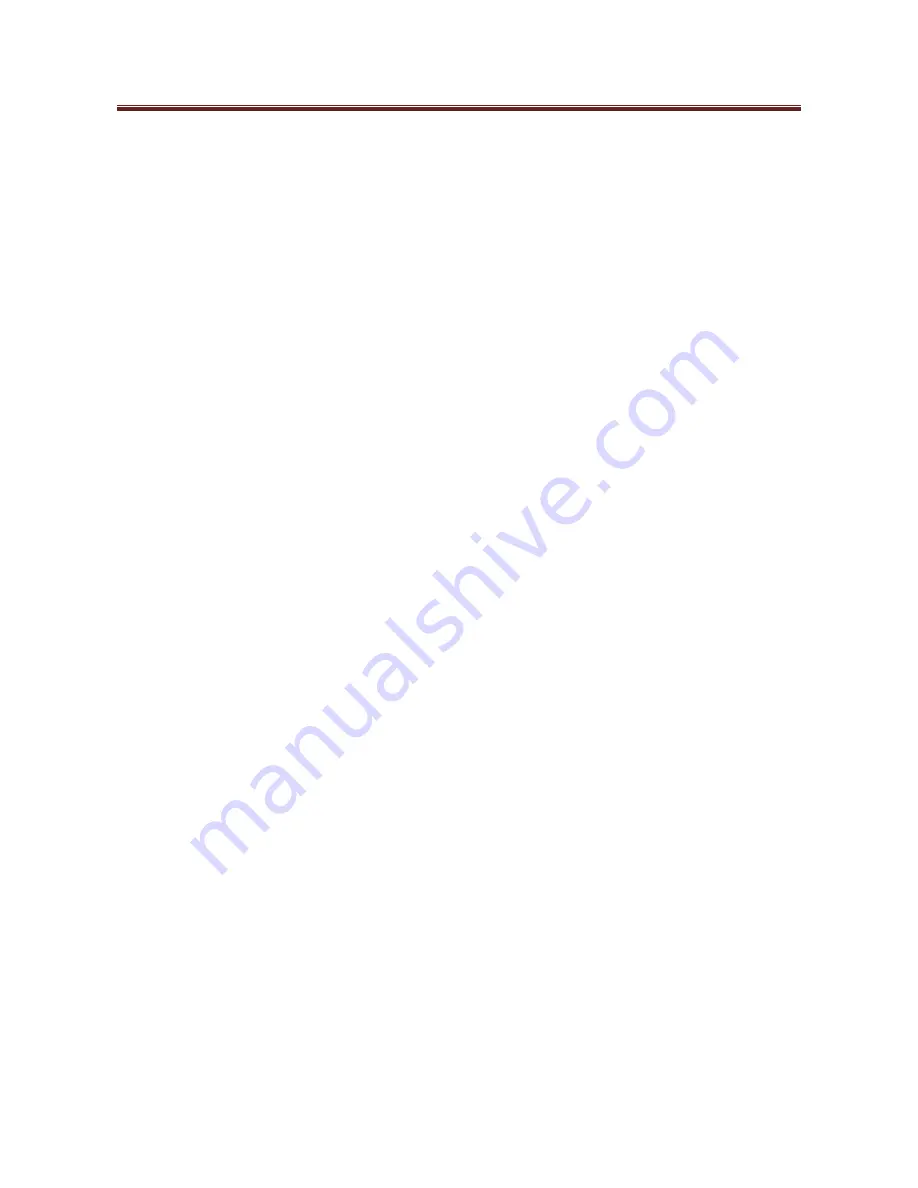
Zlin Aviation
Section 1
Maintenance Manual Aircraft Maintenance Manual
Issued: 01/02/2006
QAP-AMM-Rev02
Date of latest Revision: 23/01/2013
Page Number: 1-56
1.9.4 CLEANING AND PRESERVATION
Annual cleaning of electrical equipment to remove dust, dirt, and grime is recommended. Suitable
solvents or fine abrasives that will not score the surface or remove the plating may be used to
clean the terminals and mating surfaces if they are corroded or dirty. Only cleaning agents that do
not leave any type of residue must be used.
Components must be cleaned and preserved in accordance with the aircraft handbooks or
manufacturer’s instructions. Avoid using emery cloth to polish commutators or slip rings because
particles may cause shorting and burning. Be sure that protective finishes are not scored or damaged
when cleaning. Ensure that metal-to-metal electrically bonded surfaces are treated at the interface
with a suitable anti-corrosive conductive coating, and that the joint is sealed around the edges by
restoring the original primer and paint finish. Connections that must withstand a highly corrosive
environment may be encapsulated with an approved sealant in order to prevent corrosion.
CAUTION: Turn power off before cleaning.
1.9.5 BATTERY ELECTROLYTE CORROSION
Corrosion found on or near lead-acid batteries can be removed mechanically with a stiff
bristle brush and then chemically neutralized with a 10 percent sodium bicarbonate and water
solution. For Nickel Cadmium (NiCad) batteries, a 3 percent solution of acetic acid can be used to
neutralize the electrolyte. After neutralizing, the battery should be washed with clean water and
thoroughly dried.















































